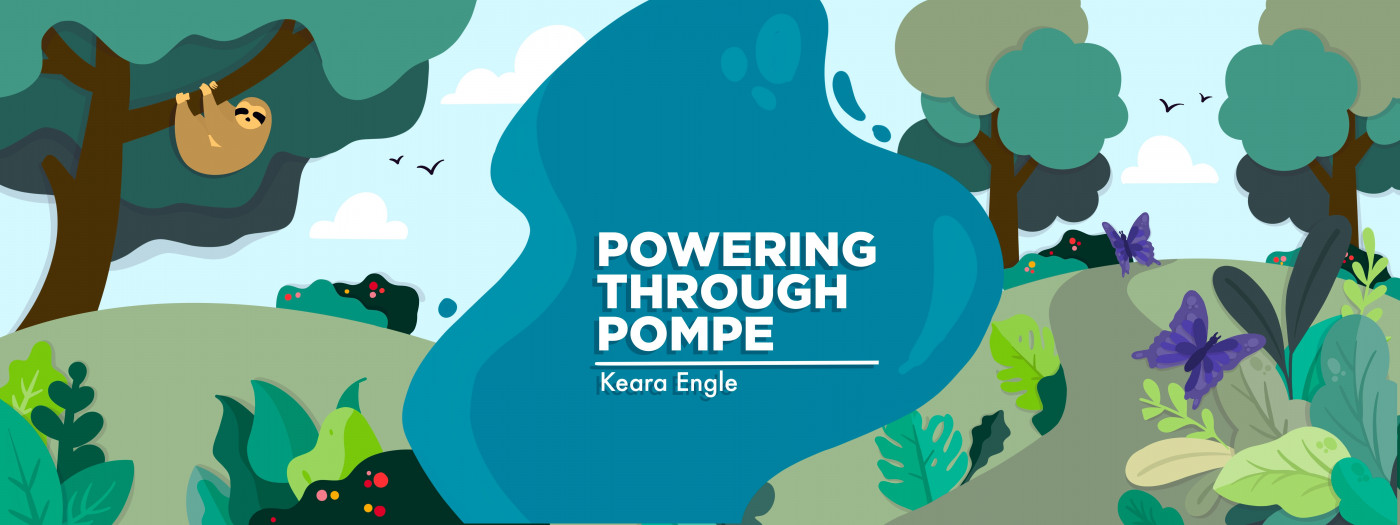After a couple of years without, we’re trying orthotic devices again
I'm seeing a difference in my son's stiff feet after a few months

Ever since he was an infant, my son Cayden, who’s now 7, has needed to use orthotic devices. He was diagnosed with infantile-onset Pompe disease via newborn screening, and these devices seem to be common among that community.
His journey with orthotic devices started when he was a few months old. We noticed that Cayden’s hands were always closed in a tight fist. An occupational therapist suggested that we use splints on his hands overnight to keep them open. While her suggestion worked, we now face the opposite issue.
Cayden’s hands today cannot close fully, and he can’t get them into a fist at all. He also doesn’t have the best grip strength. This combination makes it a bit hard for Cayden to open and close things, but otherwise, he’s found ways to adapt. He’s able to write with a pencil, type on a touch screen, and use his hands to play with toys.
Since his hands don’t give us too many issues anymore, our main focus has turned to Cayden’s feet and legs. He’s been using dynamic ankle-foot orthosis (DAFOs) since about age 1, with the goal of preventing contractures in his feet and ankles — which happen because both have become tight since he can’t stand or walk.
Cayden had been using a stander device to bear weight in his legs and get into standing position. It worked well, but Cayden despised it; he’d panic and cry any time I brought it out, his face filled with anxiety. He’d have pain when standing because of how stiff and tight his legs were.
Making difficult decisions
I decided to ditch the stander, which wasn’t easy. Of course, I want my child to stand and use his devices as they’re intended to be used. But at what cost? I couldn’t bear to see my child crying every time he was in the stander. I’ve learned over the years to put Cayden’s feelings and comfort at the top of the priority list when it comes to this Pompe disease journey.
We went roughly two years without using any kind of orthotic devices for Cayden’s feet. I’d massage them at night to encourage them to loosen up a bit, but even my gentle efforts were painful for him. I could feel how tight his feet and ankles were becoming and knew that something had to happen before that got even worse.
We pondered back and forth about serial casting his feet or just going back to DAFOs. After getting opinions from multiple doctors and therapists, we decided that serial casting would be a miserable experience for Cayden. That led us to give DAFOs another try, but this time, we wouldn’t combine them with the use of the stander.
At his age, Cayden is good at advocating for himself. I’ve asked him multiple times if he’s interested in using a stander again. Each time he expresses he doesn’t want to, so that’s something that we won’t consider again anytime soon.
For now, we’ve gotten Cayden to agree to wear his DAFOs for the entirety of the school day, aside from a half-hour break to air out his feet during lunchtime. On the weekends, we manage to get them on him for a few hours, but he typically asks to take them off soon because he doesn’t have many distractions to keep his mind occupied, as he does at school.
He’s been using them consistently for a few months, and I can see a definite difference already. I’ve rewarded Cayden for all of his hard work with sticker charts, new toys, sweet treats, or other things. He doesn’t enjoy the DAFOs, but I’m so proud of him for sticking with them and allowing them to be used properly this time!
Note: Pompe Disease News is strictly a news and information website about the disease. It does not provide medical advice, diagnosis, or treatment. This content is not intended to be a substitute for professional medical advice, diagnosis, or treatment. Always seek the advice of your physician or other qualified health provider with any questions you may have regarding a medical condition. Never disregard professional medical advice or delay in seeking it because of something you have read on this website. The opinions expressed in this column are not those of Pompe Disease News or its parent company, Bionews, and are intended to spark discussion about issues pertaining to Pompe disease.





Leave a comment
Fill in the required fields to post. Your email address will not be published.